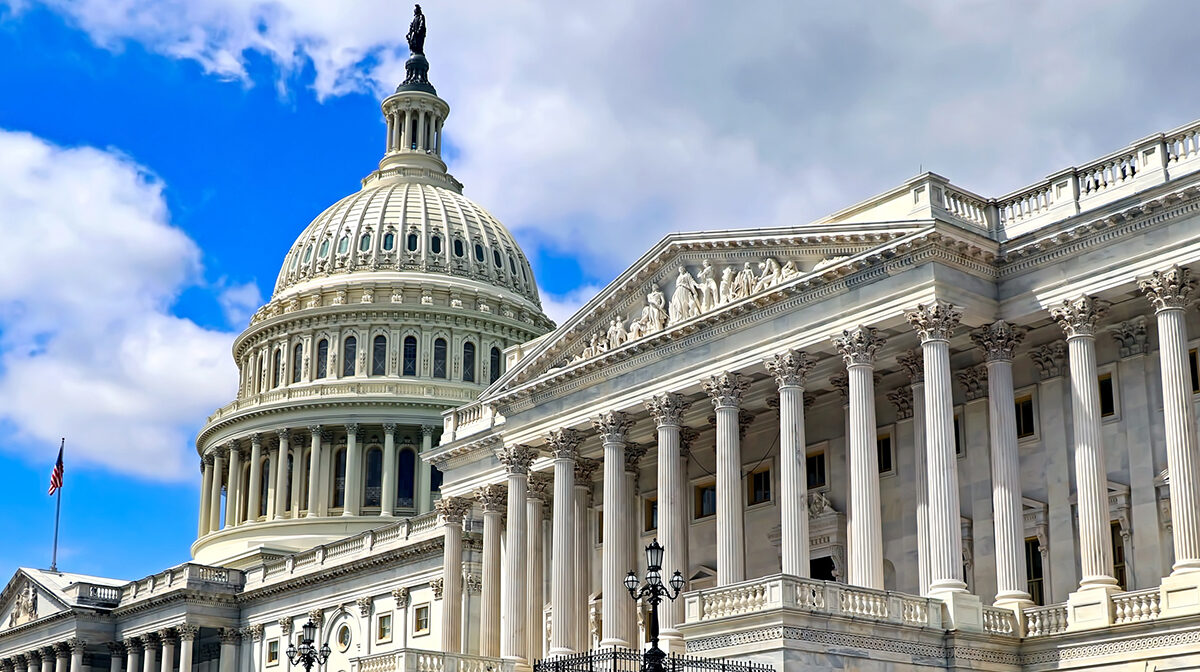Will the longest U.S. Government Shutdown finally end this week? Here’s what to expect

Congress deadlock pushes U.S. to brink of shutdown.
The Senate voted 60–40 to advance a bipartisan spending deal aimed at reopening the government after 40 days of deadlock, the longest shutdown in U.S. history. The legislation funds key agencies through January 30 and reverses recent layoffs of federal workers, guaranteeing them back pay once the government fully reopens.
This first procedural vote marks a turning point in the shutdown saga, signaling that both parties are ready to ease the economic and logistical pain that has rippled through the nation. The bill still faces additional procedural hurdles before reaching final passage, but the momentum in the Senate suggests an end to the shutdown could be within reach, if Democrats and Republicans can hold their fragile coalition together.
The Health Care Dispute That Could Delay the End
Despite the breakthrough, health care subsidies remain the biggest obstacle. Democrats had insisted on extending the Affordable Care Act (ACA) tax credits that expire on January 1, but the current deal only promises a separate vote in mid-December. That compromise angered progressives, who see the subsidies as essential for millions of Americans facing rising health-insurance costs.
Without a firm guarantee, Democratic leaders like Chuck Schumer and Bernie Sanders voted against the motion, arguing that it leaves working-class families vulnerable. Others, like Sen. Jeanne Shaheen and Maggie Hassan, accepted the compromise, saying ending the shutdown now was more urgent than securing every policy demand. Their break from party leadership may prove decisive, but politically risky.
READ ALSO
Why Moderates Hold the Key to Reopening Government
Moderate Democrats and one Independent, Sen. Angus King of Maine, have emerged as the power brokers in this standoff. Their votes tipped the balance to advance the bill, reflecting growing concern over the toll of the shutdown on their constituents. With millions relying on food aid and delayed paychecks, they argue the time for negotiation has passed.
These centrists believe that reopening the government first will rebuild public trust and create space for a fairer debate on health care later. Still, they face criticism from within their party for “giving up leverage.” Whether they can keep both sides aligned long enough to pass the final bill will determine how soon Americans see relief.
The House’s Role Could Make or Break the Deal
Even if the Senate passes the funding package, the House of Representatives remains the next battleground. Progressive Democrats led by Rep. Greg Casar have denounced the deal as a “betrayal,” warning they will oppose any measure that fails to guarantee health care extensions. Their resistance could delay the reopening of agencies and federal services.
House Republicans, meanwhile, appear ready to fast-track the Senate bill if it reaches their chamber, especially with President Donald Trump signaling cautious optimism. But if internal Democratic divisions deepen, the deal could stall, pushing the nation into further economic uncertainty just weeks before the holidays.
Federal Workers and Families Wait for Relief
The prolonged shutdown has left over 800,000 federal employees unpaid and sparked chaos across essential services. Airports have seen more than 2,000 flight cancellations and 7,000 delays, while SNAP food aid has been disrupted nationwide. The proposed Senate deal promises to reinstate laid-off workers and reimburse states that used their own funds to keep federal programs afloat.
For struggling families and public servants, the Senate’s progress offers hope, but not yet certainty. Each additional day of delay means deeper hardship for workers living paycheck to paycheck. As the holiday season approaches, both political parties face growing pressure from voters to deliver results, not rhetoric.
Can This Deal Actually End the Shutdown?
If the Senate finalizes its bill and the House passes it swiftly, the shutdown could end within days. Once signed by President Trump, federal agencies would reopen, workers would receive back pay, and funding would be secured through January 30. But the fight over ACA subsidies could reignite in December, threatening another potential standoff.
The ultimate test lies in whether Congress can sustain bipartisan cooperation beyond short-term fixes. For now, Americans are watching closely, asking one simple question: Is this finally the end of the shutdown, or just another pause before the next crisis?
FAQ
Q: When will the government shutdown end?
A: If the Senate and House pass the current bipartisan funding bill and President Trump signs it, the shutdown could end within days.
Q: What caused the 2025 government shutdown?
A: The shutdown began on October 1, 2025, after Congress failed to agree on a funding bill due to disputes over extending Affordable Care Act tax credits.
Q: How long has the government been shut down?
A: As of November 10, 2025, the shutdown has lasted 40 days, making it the longest in U.S. history.
Q: What does the new deal include?
A: The Senate bill funds key federal agencies through January 30, reinstates federal workers, ensures back pay, and guarantees a December vote on health care subsidies.
Q: Are health care subsidies being extended?
A: Not yet. The deal promises a future vote on ACA premium tax credits, but the extension is not guaranteed.
Q: What services have been affected?
A: Air travel, SNAP food aid, and national museums have been disrupted. Many federal employees have worked without pay for weeks.
Q: What happens if Congress fails to pass the bill?
A: The shutdown would continue, worsening flight delays, food assistance gaps, and economic strain on federal employees.
Q: How does this shutdown compare to previous ones?
A: At 40 days and counting, this is now the longest government shutdown in American history, surpassing the 2019 record.




